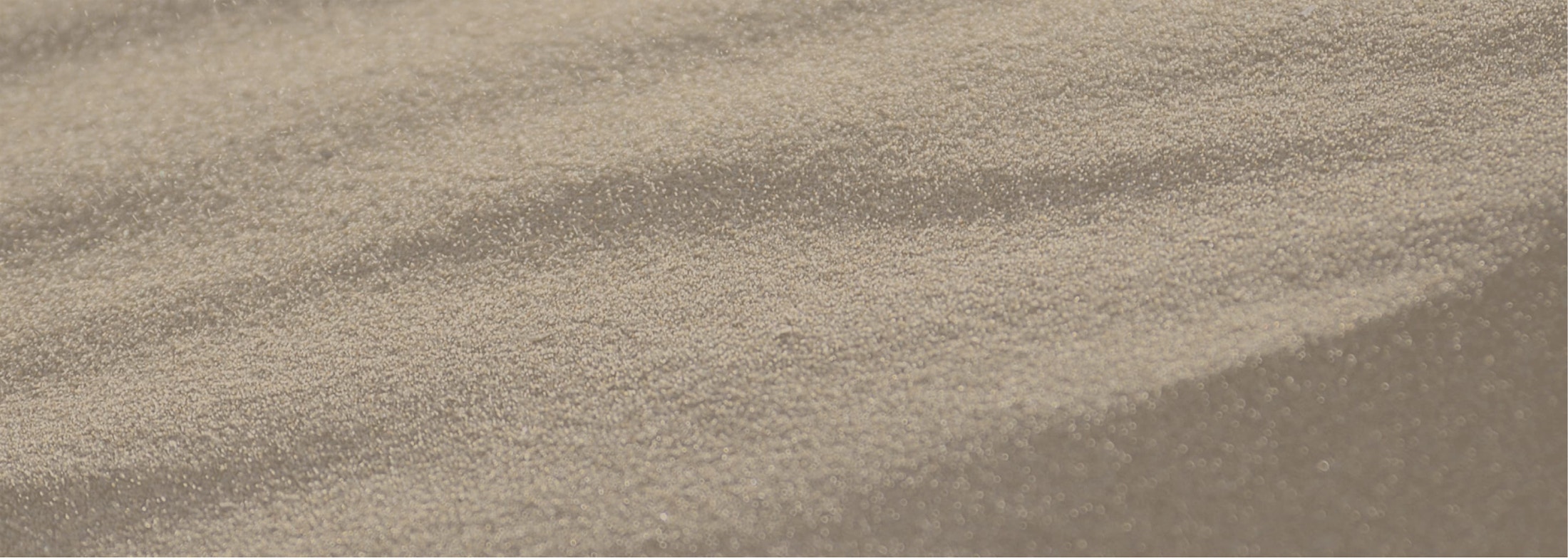Restore, Rejuvenate, and Reveal Your Radiant Complexion
What Are Chemical Peels?
Our Palm Beach and West Balm Beach Chemical peels are advanced, non-surgical skin treatments designed to rejuvenate your complexion by carefully exfoliating the outer layers of the skin. During a chemical peel, a specialized solution is precisely applied to your skin, encouraging the gentle removal of damaged cells and promoting new cell growth. This process:
- Improves skin texture
- Evens tone
- Reduces visible imperfections such as fine lines, sun damage, acne scars, and hyperpigmentation
Our bespoke chemical peel treatments address:
- Fine lines and wrinkles
- Sun damage and hyperpigmentation
- Uneven skin tone and texture
- Acne scars and active breakouts
- Enlarged pores
- Age spots










